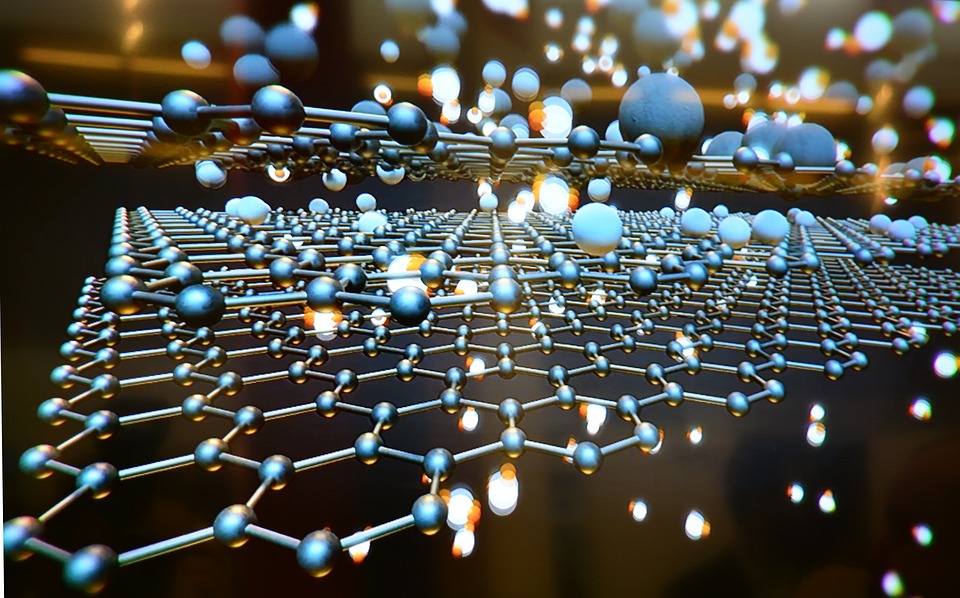Graphene: The Revolutionary Material with Endless Possibilities

About Course
Imagine a material that’s 200 times stronger than steel, yet thinner than a human hair. A material that conducts electricity better than copper, is nearly transparent, and can revolutionize everything from smartphones and batteries to spacecraft and medical diagnostics. Welcome to the world of graphene—a wonder material poised to redefine modern science and engineering. This course explores the fascinating journey of graphene from discovery to deployment, helping students unlock its potential across industries.
Through engaging explanations, real-world applications, and future outlooks, students will delve into the atomic structure and unique properties of graphene, learn how it’s synthesized, and examine its impact across sectors such as electronics, energy, healthcare, and aerospace. This course equips learners with a deep understanding of both the promise and the practical challenges of graphene, making it an exciting venture for innovators, researchers, and tech enthusiasts alike.
Course Content
Introduction
Explanation of Graphene
00:00History of Graphene
00:00Importance of Graphene
00:00